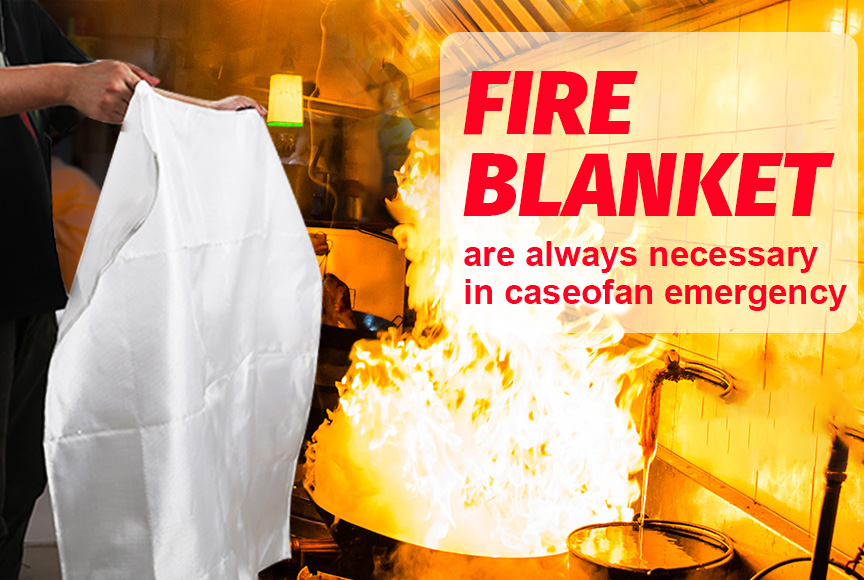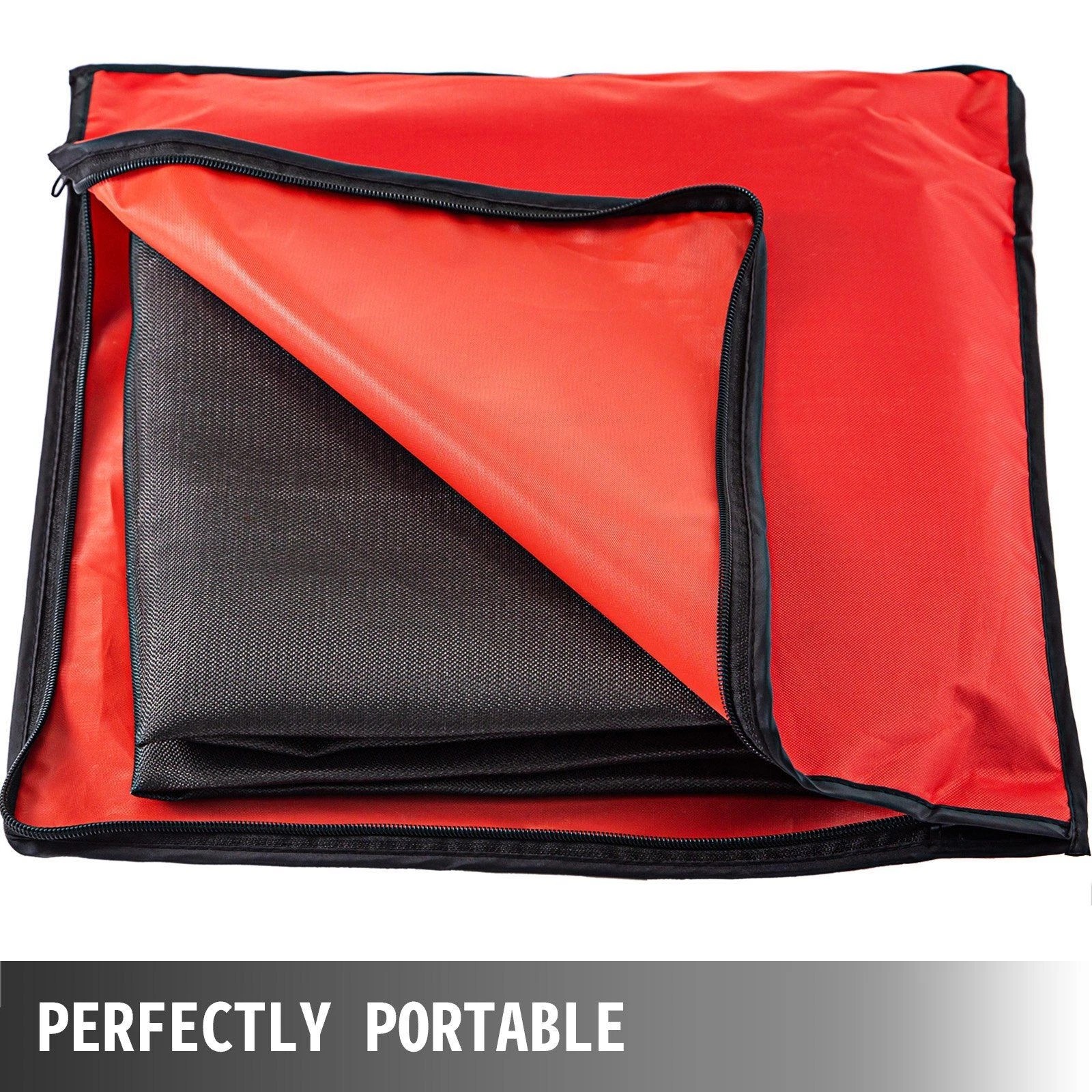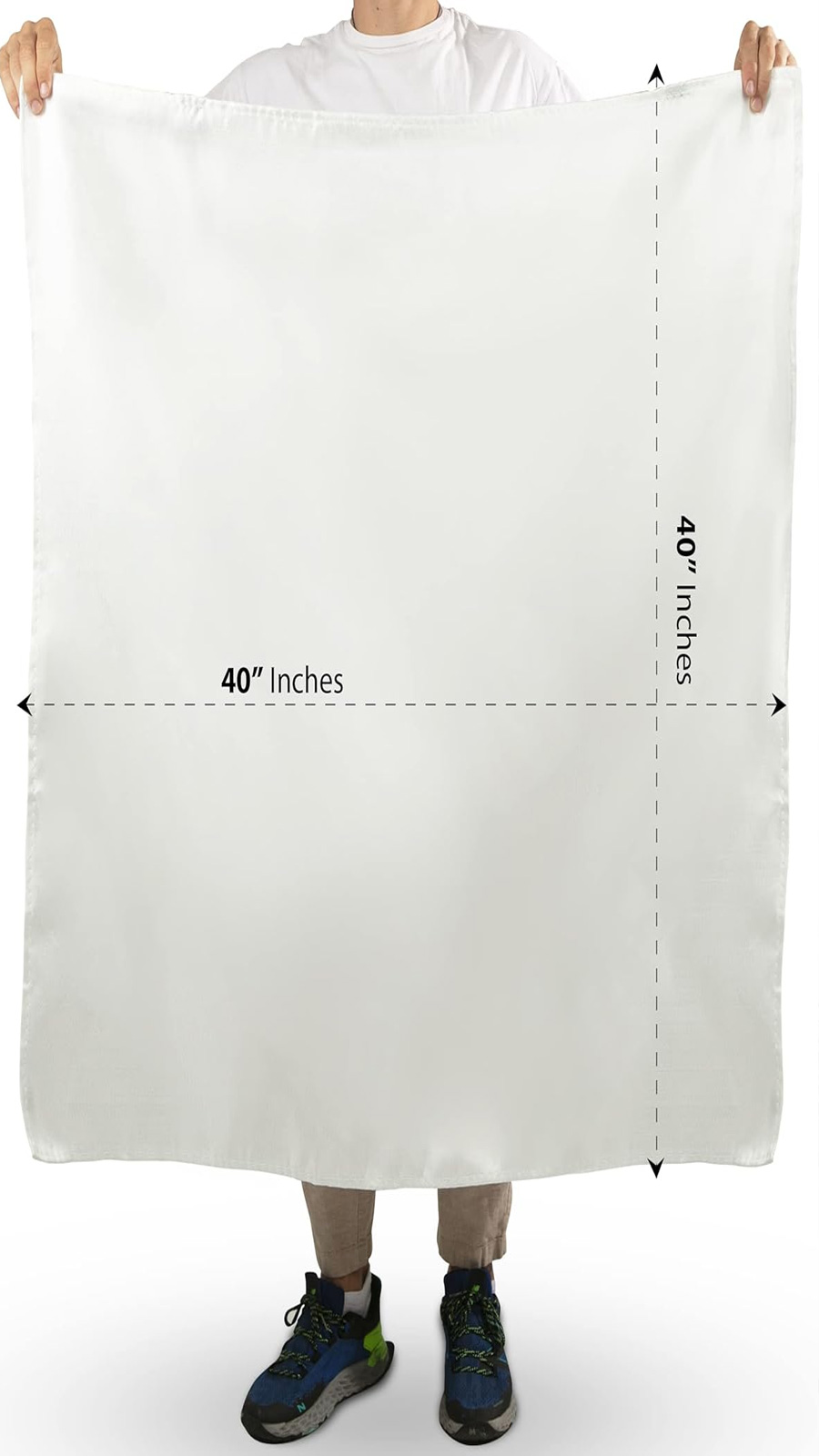Aluminized Welding Blankets: Ultimate Heat Protection Guide
Aluminized welding blankets provide superior heat protection for welding, grinding, and fireproofing applications. This guide explains their construction, benefits, proper usage, and how to choose the right one for your needs while maintaining safety.
What Is an Aluminized Welding Blanket?
An aluminized welding blanket is a specialized protective covering made with fiberglass fabric coated with aluminum. This reflective surface resists sparks, slag, and radiant heat up to 2000°F (1093°C). Unlike regular welding blankets, the aluminum coating provides extra protection against heat transfer.
Key Benefits of Using Aluminized Welding Blankets
- Superior heat resistance: Withstands extreme temperatures better than standard welding blankets
- Reflective surface: Aluminum coating reflects radiant heat away from protected areas
- Durability: Fiberglass base material resists tears and abrasions
- Versatility: Suitable for welding, grinding, foundry work, and fire protection
- Reusable: Can be used repeatedly when properly maintained
How Aluminized Welding Blankets Work
The aluminum coating on these blankets reflects up to 90% of radiant heat. The fiberglass substrate provides additional insulation while remaining flexible. When sparks or molten metal land on the blanket, they cool quickly without penetrating the material.
Pro Tip:Always position the shiny aluminum side toward the heat source for maximum protection. The reflective surface works best when facing the direction of heat or sparks.
Common Applications
Aluminized welding blankets serve multiple purposes in industrial and workshop settings:
- Protecting floors and walls near welding stations
- Covering valuable equipment during hot work
- Creating temporary welding curtains
- Fireproofing in emergency situations
- Shielding vehicles during exhaust work
- Foundry applications for molten metal splash protection
Choosing the Right Aluminized Welding Blanket
Consider these factors when selecting your blanket:
- Size:Measure the area you need to protect. Common sizes range from 3'x3' to 12'x12'
- Thickness:Thicker blankets (like 1/8") offer more protection for heavy-duty applications
- Temperature rating:Ensure it meets or exceeds your maximum working temperature
- Edge treatment:Grommets or reinforced edges increase durability
- Certifications:Look for NFPA or OSHA compliance if required for your workplace
Proper Use and Maintenance
To get the most from your aluminized welding blanket:
- Inspect before each use for tears or excessive wear
- Keep the surface clean - brush off slag and debris regularly
- Store folded or rolled in a dry location when not in use
- Replace if the aluminum coating becomes significantly worn or damaged
- Never use water to extinguish fires on the blanket - this can damage the fibers
Safety Considerations
While aluminized welding blankets offer excellent protection, remember:
- They are not fire extinguishers - have proper fire suppression equipment available
- Direct flame contact will eventually damage the blanket
- Wear appropriate PPE (gloves, eye protection) when handling used blankets
- Allow blankets to cool completely before moving or storing
- Never use damaged blankets - small holes can allow sparks to pass through
Aluminized vs. Standard Welding Blankets
Standard welding blankets (without aluminum coating) work well for many applications, but aluminized versions offer distinct advantages:
- Better radiant heat reflection (aluminized reflects, standard absorbs)
- Higher temperature resistance
- Longer lifespan under heavy use
- More effective for foundry and molten metal applications
Cost Consideration:While aluminized welding blankets cost more initially, their extended service life often makes them more economical for frequent users.
Frequently Asked Questions
Q: Can I wash my aluminized welding blanket?A: No, washing can damage the aluminum coating. Brush off debris and spot clean if necessary.
Q: How long do these blankets typically last?A: With proper care, 1-3 years of regular use, depending on application intensity.
Q: Are they safe for food service equipment protection?A: No, fiberglass particles could contaminate food surfaces. Use NSF-rated materials instead.
Q: Can I cut the blanket to size?A: Yes, but seal cut edges with high-temperature silicone to prevent unraveling.
Conclusion
An aluminized welding blanket is an essential safety tool for anyone performing hot work. Its unique combination of heat reflection and spark resistance provides superior protection compared to standard welding blankets. By choosing the right size and thickness for your needs and following proper maintenance procedures, you'll get reliable protection that lasts through countless projects. Always prioritize safety by inspecting your blanket regularly and replacing it when signs of wear appear.






